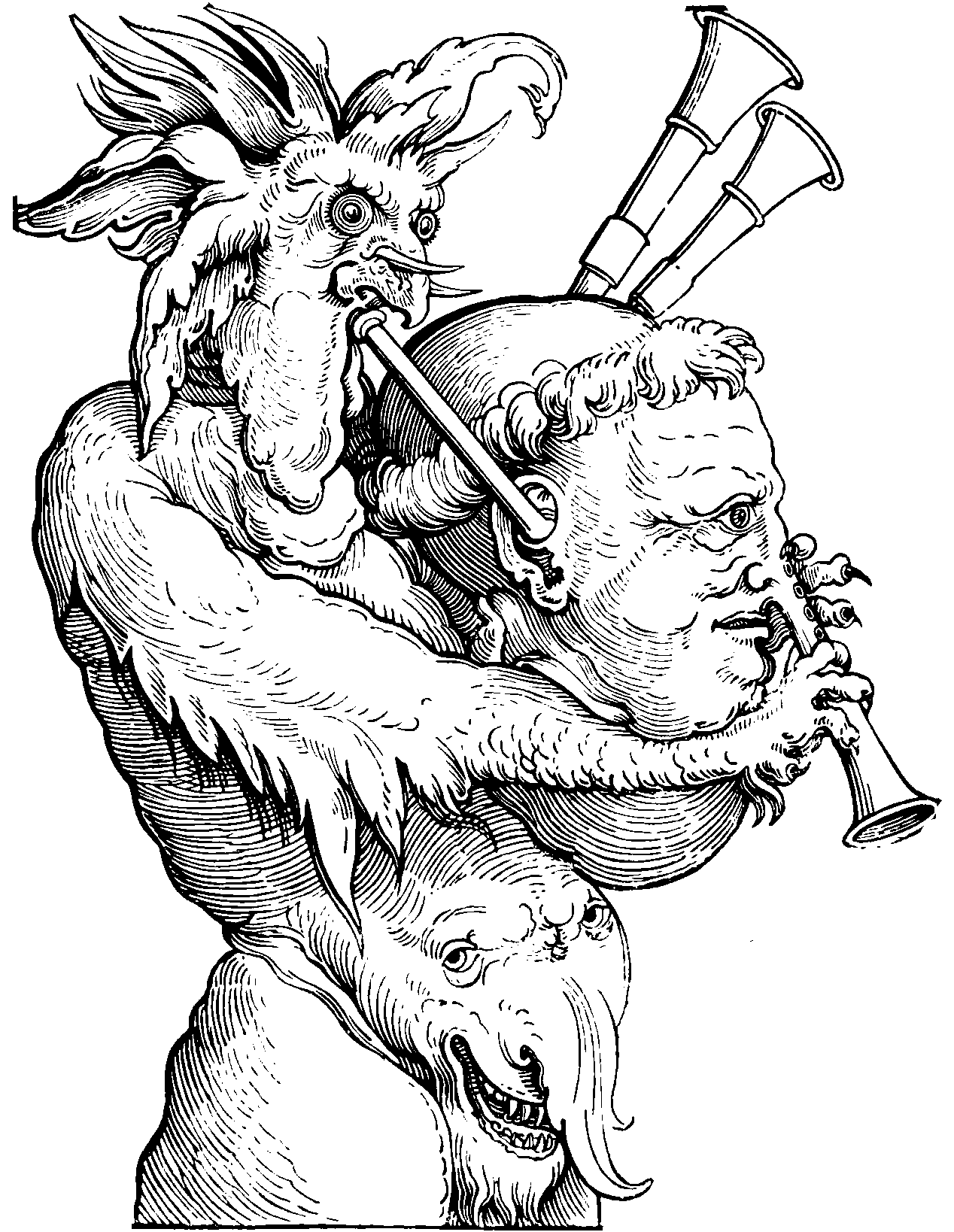Generative art, creative coding, procedural design
Teaching my computer to make prettier mistakes than me
September 8, 2014 — October 31, 2019
Suspiciously similar content
Those names in order of decreasing highbrowness and increasing financial viability.
Either way, it means, more or less, “using algorithms to make pretty things instead of your hands,” which I like to think about as designing artists as an artform. If you’ve seen a CGI film in the last 20 years, you’ve seen techniques that approach this. Flocking, L-systems, agents, evolutionary systems, a-life, pattern formation, and so on. My interest reflects my High Art, pontifical sensibility. But video games are totes sick too.
Missing: prehistory of such art, early software art, and pre-computer algorithmic art. Check out a better source such as Neil Jenkins’s excellent garden of forking paths for some pointers.
1 Examples of praxis
Discretization in Geometry and Dynamics motivates sweet mathematical graphics as a side effect. See the various sub-projects. There are also image collections:
-
The goal of the Bridges Organization is to foster research, practice, and new interest in mathematical connections to art, music, architecture, education and culture.
Populist procedural design is led by the computer games people, e.g. the procedural design reddit.
The 1998tastic generativeart.com and its attendant 1999tastic generative art forum
runme is also an echo from another time:
…a software art repository, launched in January 2003. It is an open, moderated database to which people are welcome to submit projects they consider to be interesting examples of software art.
(mostly) textual state of the art: emily short
Mitchell Whitelaw and his amazing teeming void
1.1 Landscapes
2 Praxis yourself why don’t you?
3 I praxis myself
- pattern machine, my live electronic AV ensemble (see also my soundcloud)
- feral, my generative iPhone app for imaginary mechanicotropical jungles
- synestizer
Maybe I should also do generative art with neural networks.
